State labor department prepares for possible federal shutdown
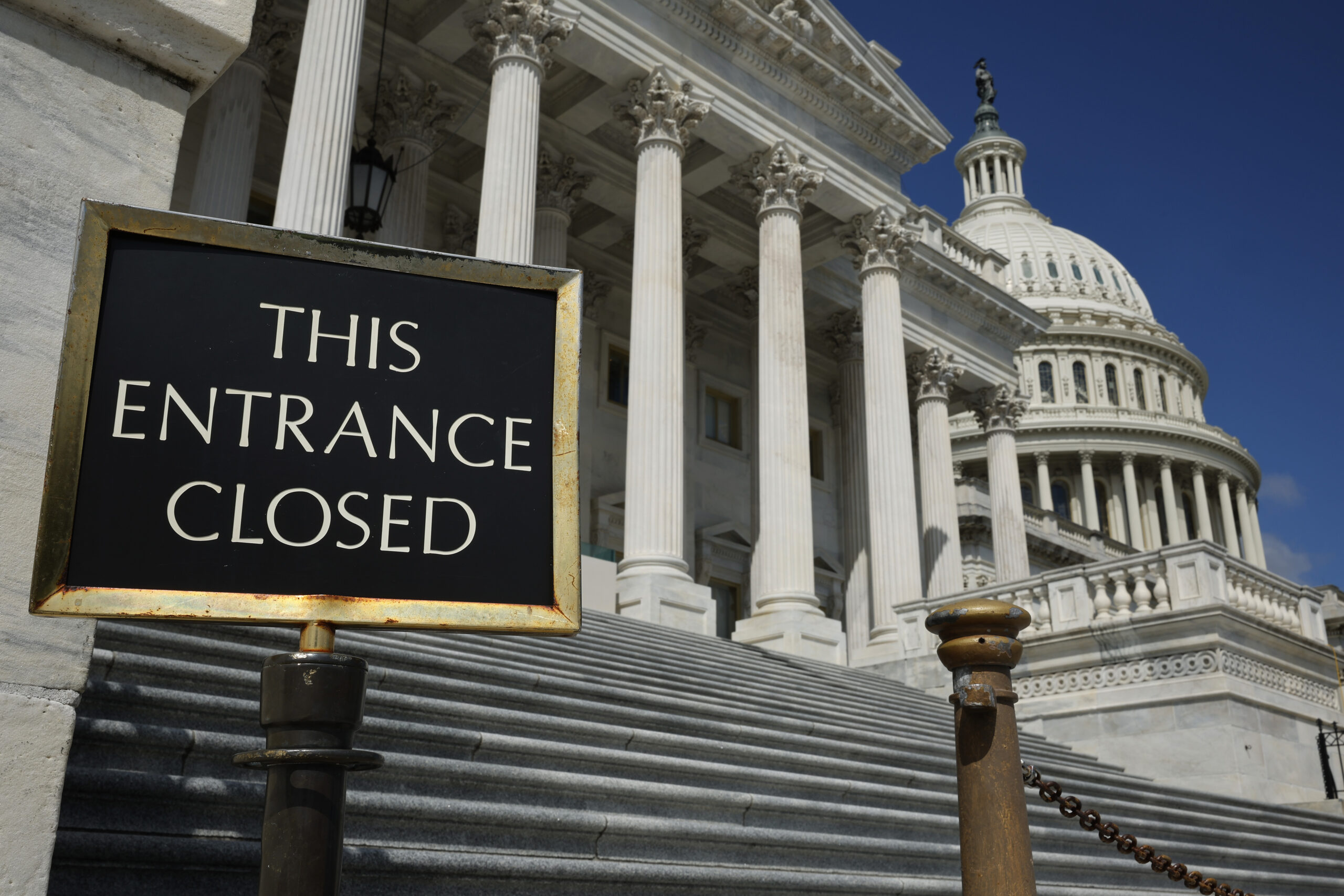
State Labor Department officials are preparing for a potential uptick in unemployment insurance claims tied to a possible federal government shutdown next month.
Congress narrowly averted a shutdown at the end of September with a 45-day resolution meant to provide extra time to cut a budget deal. Reaching an agreement is now complicated by an ongoing battle within the Republican Party to elect a new House Speaker.
Mike Johnson of Louisiana picked as newest GOP nominee for U.S. House speaker
“All of us are hoping that we don’t have a shutdown and that Congress is able to find a way to come to an agreement,” Deputy Labor Secretary Jason Perkins-Cohen told members of the House Economic Matters Committee on Tuesday. “However, if they are unable to do so, we need to be ready.”
Without an extension or a final budget agreement, the government will run out of money on Nov. 17. In that event, each government agency will shut down to varying degrees with employees falling into three categories: excepted, furloughed and exempt.
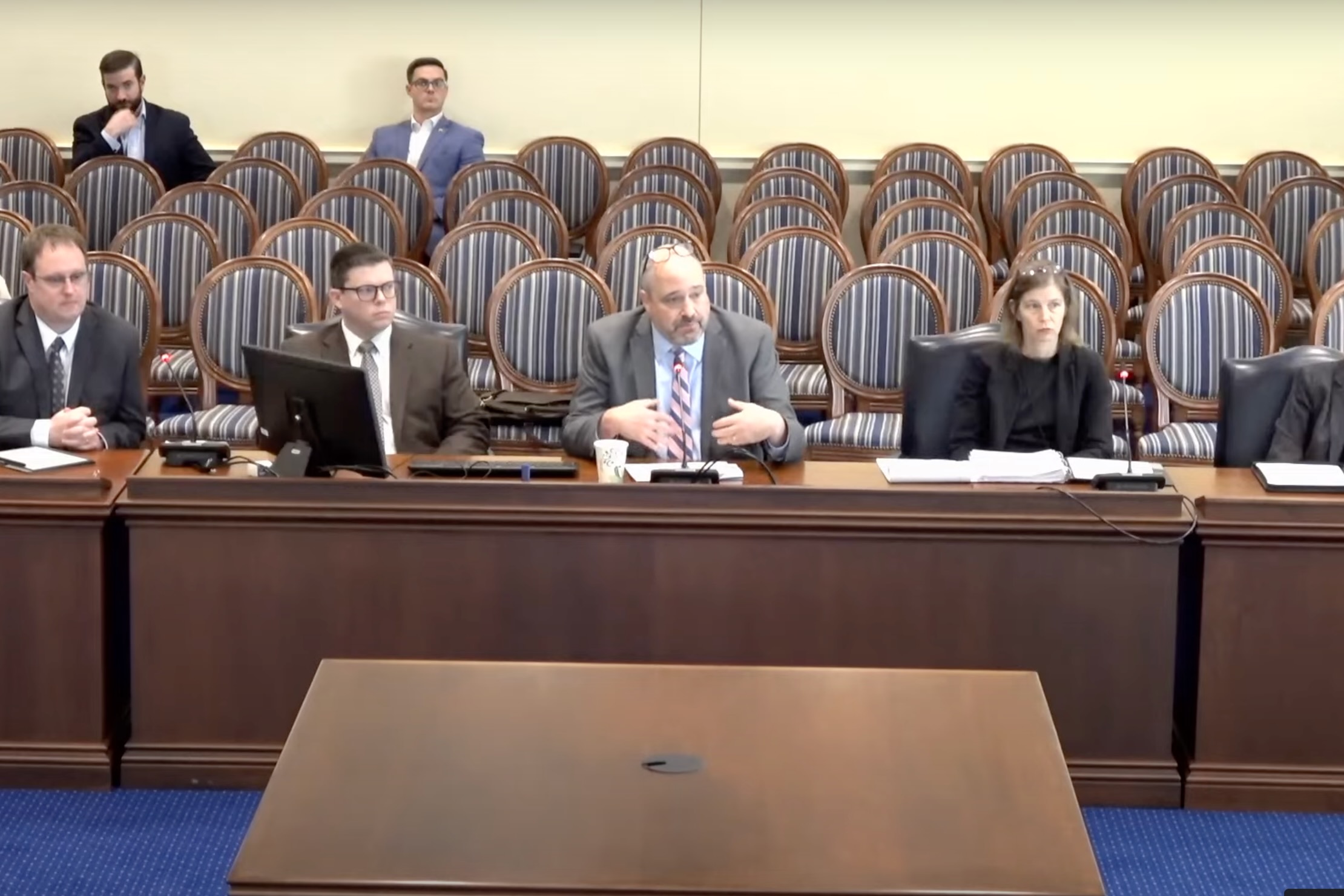
Deputy Labor Secretary Jason Perkins-Cohen (center) told the House Economic Matters Committee that they expect only a small portion of the state’s 140,000 federal employees to apply for unemployment benefits in the event of a federal government shutdown. Screenshot.
There have been seven shutdowns since 1990. The average length has been about 12 days. Most recently, the federal government closed for 35 days between December 2018 and January 2020.
“Typically, fortunately, they’ve been short,” Perkins-Cohen said.
Roughly 140,000 federal workers live in Maryland. That number does not include employees of companies with federal government contracts. Perkins-Cohen called the number a “best guess.”
Exempt workers are not directly impacted by a shutdown. They would continue to work and continue to receive a paycheck.
Roughly 90,000 federal employees are classified as “excepted” or “furloughed” employees. As such, each could be eligible for two specific but different types of benefits.
Excepted workers, sometimes called essential workers, would continue to work during the shutdown. They would not receive a check until it is over.
Following the shutdown in 2018-2019, the state created a loan program for federal employees who must work during a shutdown but won’t be paid. Those employees, as long as their job is based in Maryland, would be eligible for a no-interest loan of $700.
Employees who live in Maryland but whose offices are based outside the state are not eligible — even if they work remotely from a location in Maryland. Active members of the military are also not eligible.
“We haven’t had a shutdown since that was created,” said Perkins-Cohen. “So, this would be the first time we would have to use it. We hope we don’t have to use it, but it’s there, if we need to.”
Eligible employees can apply as early as Nov. 20 at 10 a.m. They must provide specific forms of identification and work documentation.
The first paper checks would be mailed Dec. 4.
Loans would have to be repaid within 45 days of the end of the shutdown. Officials said those who take out a loan and opt not to repay it could face the state’s collection agency.
Rachel Brash, a senior policy adviser in the Maryland Department of Labor, said those who accept loans will be informed of the repayment requirements. They will not be sent to collection immediately but instead will receive notices over a 135-day period.
“That’s the point at which the account will be sent to collection,” she said. “So, it’s a nice long window. There will not be a financial penalty in those 135 days because this is a no-interest loan.”
But loans sent to collection will be subject to a 17% penalty charged by the Central Collections Unit.
The department is also expecting a number of furloughed federal workers to apply for unemployment insurance benefits. Those employees are prohibited from working and do not get paid during the shutdown.
Approximately 2,700 federal employees applied for unemployment benefits during the 35-day shutdown that ended in January 2019. Of those, 1,500 receive benefits.
Additionally, some workers who either contract directly with the federal government, or who work for companies that do, could be eligible if they are laid off because of the shutdown.
In a shutdown, those workers would be eligible to file for unemployment on Sunday Nov. 19 at 12:01 a.m.
Unemployment payments for the shutdown that cover the period after the shutdown ends are considered overpayments and would have to be returned to the state, Perkins-Cohen said.
Employees who draw benefits would also have to repay the fund for any retroactive pay covering the furlough period.
“If they receive retroactive pay, they’d have to pay it back,” said Perkins-Cohen. “So, there would be no long-term impact of the shutdown. Perhaps that’s unlikely. If they don’t receive retroactive pay, then that does have an impact on the trust fund.”

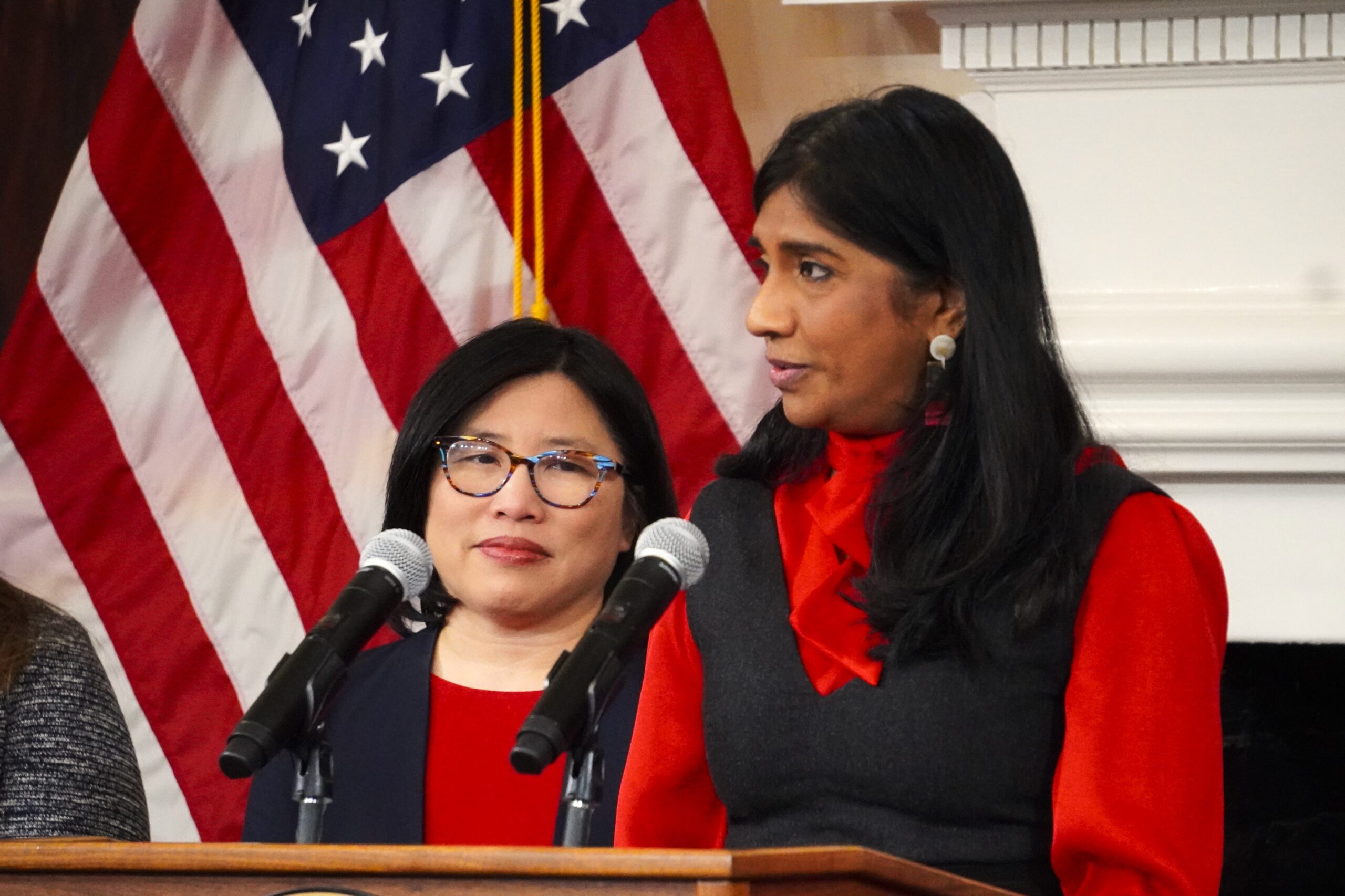
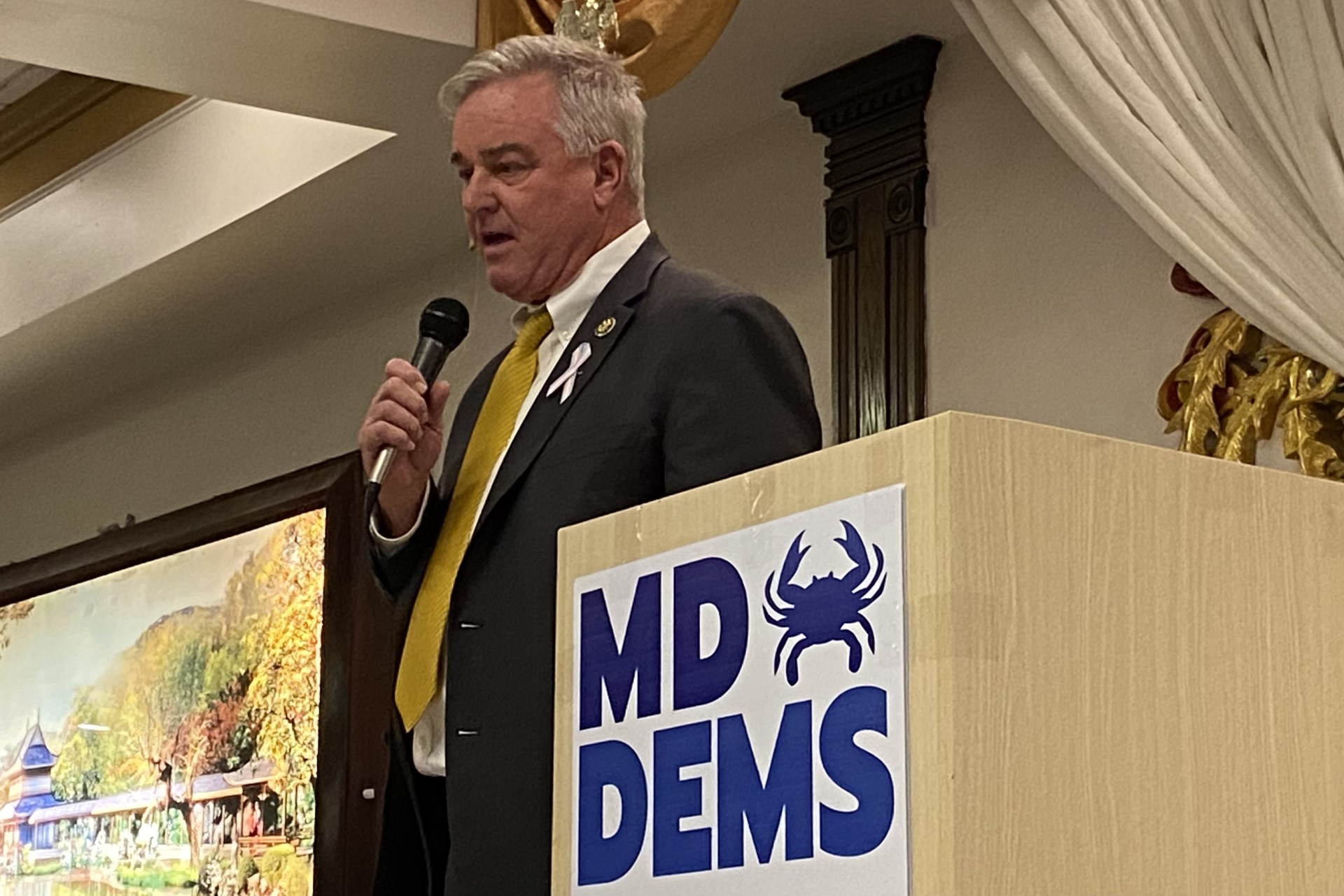
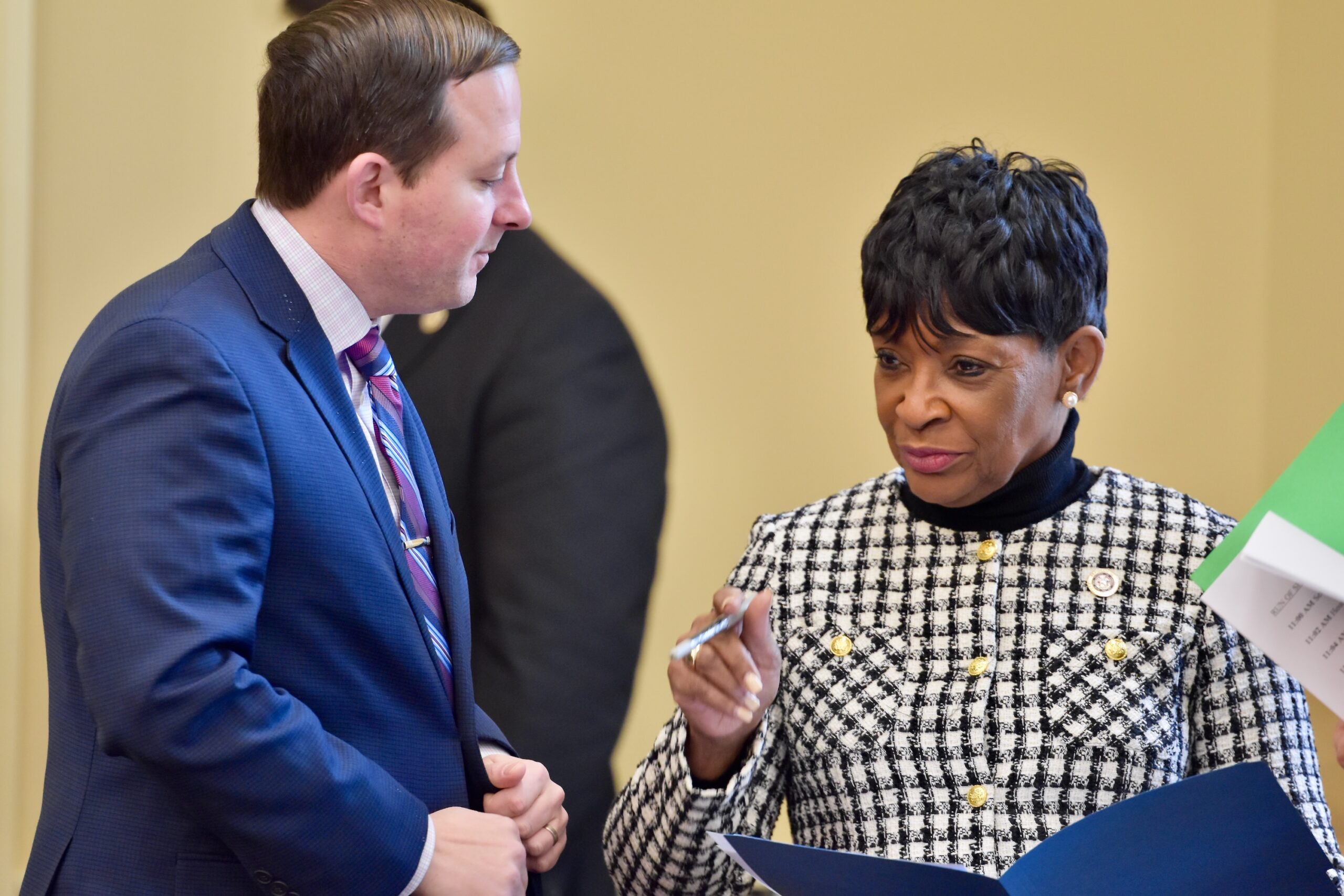
 Creative Commons Attribution
Creative Commons Attribution